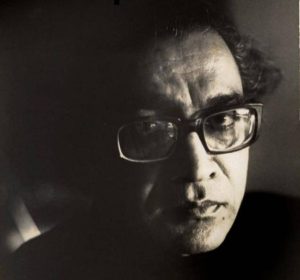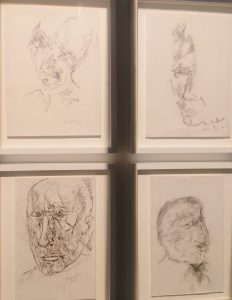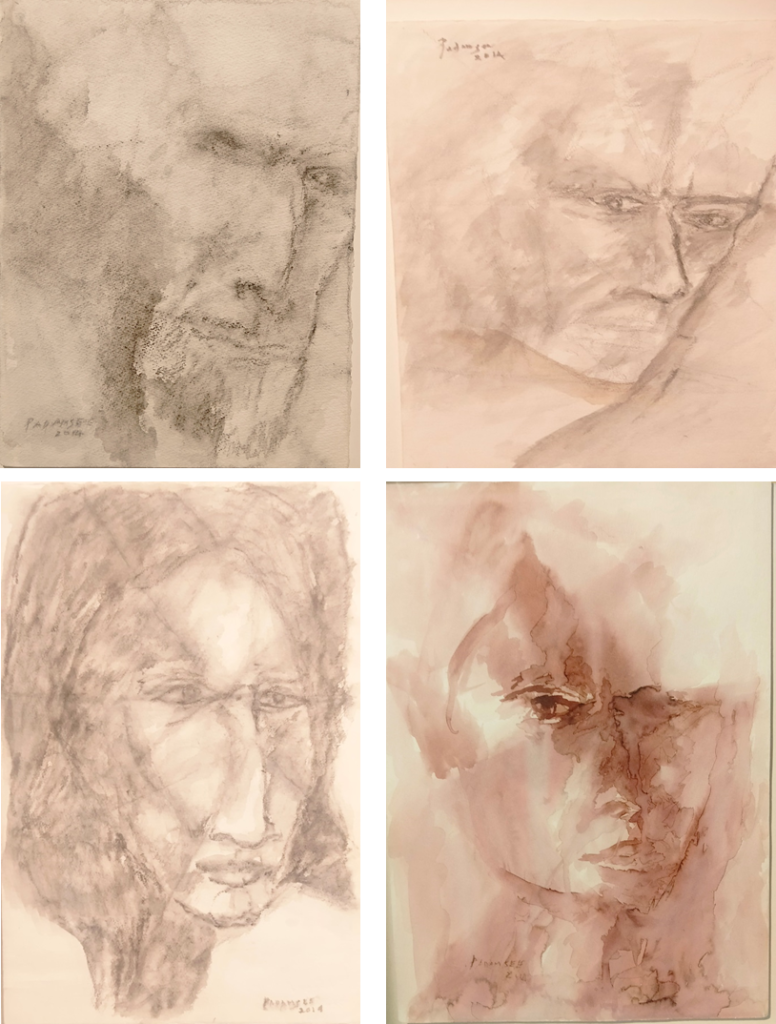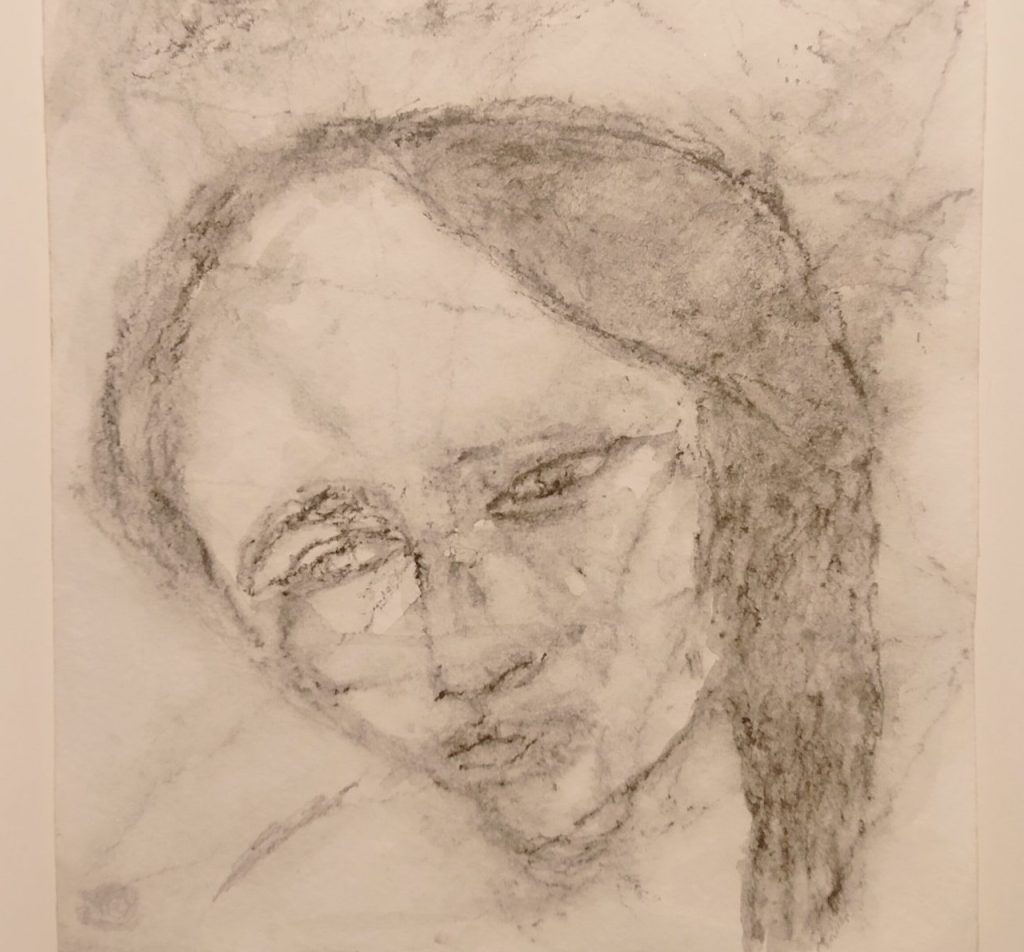Ved Prakash Bhardwaj
Akbar Padamsee’s name is prominent among the artists who gave direction to modern Indian art. He has been doing both abstract and figurative works. He also sculpted, did photography, wrote on art, made films and digital prints. He worked in all fields of expression. That’s why his art cannot be tied to any one genre. An exhibition of his last days’ drawings is going on at Delhi’s Triveni Art Gallery. The exhibition will be on till February 18.

The drawings included in this exhibition are in watercolour. Some drawings are made with pen and pencil. Padamsee is famous for his pen and charcoal drawings. Through different faces, he brings out the psyche of the person. For Padamsee, art has been a medium for the expression of self-experience. It can be felt in these drawings.
Born in Mumbai in 1928, Akbar Padamsee graduated from the Sir J J School of Arts in 1951, with a Diploma in Painting, then he went to live and work in France. In 1952, he was awarded a prize by Andre Breton on behalf of the Journale d’Art. Padamsee’s first solo exhibition was held in Paris in the same year at Galerie Saint Placide.

Padamsee’s inventive spirit has allowed him to experiment with a varied range of mediums, from oil, and watercolour to photography and digital printmaking. Whatever medium he chose, the artist conveys a command over space, form, and colour. He is best known for his Grey Series, Metascapes, and Mirror Images.
Once he said that I draw my heads from the world that I know intimately but my viewers find a sense of detachment in them. It is not easy to say what would have been the reason behind saying this. The reason viewers feel alienated from his Head series works is that people always want to see a familiar form in the heads. When a viewer cannot match the face of Padamsee’s drawing with a familiar personality, he creates an emotional distance from him in frustration. When he created a head series on Gandhiji, it was easy for people to co-relate. The simplistic state of the viewer’s relationship with a work of art is that of looking at it and referencing it in some form, giving them the satisfaction that someone has created it. In this way, the viewer is freed from the need for thought. But Padamsee’s drawings do not offer this facility to the viewer. Either the viewer looks at these drawings and then ponders who the faces on the paper could be and why they are so. Why is his expression so ambiguous? Anyone can get distracted by seeing these faces immersed in the bottomless depth of the world of thoughts and feelings. Sometimes it is not easy for the audience to understand these faces by being clear and sometimes abstract. That’s why he separates from them. Like often unfamiliar and undefined experiences, Padamsee’s drawings fail to leave a lasting impression on the psyche of most viewers. But when a viewer makes a relationship with these drawings at any level, form, or feeling, then for him the interpretation of many experiences is included in the abstract faces. And when this happens, the viewer himself becomes a part of the drawing.
The displayed drawings are not associated with the identity of any individual. Padamsee has been a scholar of Indian philosophy as well as literature. Its influence on his art can be felt. In each drawing, he creates different psychological images of a person with different expressions. A characteristic of these drawings is that some geometric shapes divide the faces, in one or two drawings there is a greater use of abstraction. The geometric structures and abstractions are reminiscent of his Metascape series of paintings. There are many layers of work in these drawings. They don’t have a very deep colour. The soft tone of black has been used more.






